Frank M. Dunnivant, Elliot Anders0471651281, 9780471651284
A uniquely accessible text on environmental modeling designed for both students and industry personnel Pollutant fate and modeling are becoming increasingly important in both regulatory and scientific areas. However,the complexity of the software and models often act as an inhibitor to the advancement of water quality science. A Basic Introduction to Pollutant Fate and Transport fills the need for a basic instructional tool for students and environmental professionals who lack the rigorous mathematical background necessary to derive the governing fate and transport equations. Taking a refreshingly simple approach to the subject that requires only a basic knowledge of algebra and first-year college chemistry, the book presents and integrates all of the aspects of fate and transport, including chemistry, modeling, risk assessment, and relevant environmental legislation; approaching each topic first conceptually before introducing the math necessary to model it. The first half of the book is dedicated to the chemistry and physics behind the fate and transport models, while the second half teaches and reinforces the logical concepts underlying fate and transport modeling. This better prepares students for support jobs in the environmental arena surrounding chemical industry and Superfund sites. Contributing to the book’s ease of use are: * An extremely user-friendly software program, Fate(r), which uses basic models to predict the fate and transport of pollutants in lakes, rivers, groundwater, and atmospheric systems * The use of “canned” models to evaluate the importance of model parameters and sensitivity analysis * A wealth of easy-to-understand examples and problems * A chapter on environmental legislation in the United States and Europe * A set of lab exercises, as well as a downloadable set of teaching aids A much-needed basic text for contemporary hydrology or environmental chemistry courses and support courses forthe environmental industry, this is a valuable desk reference for educators and industry professionals. |
Table of contents :
Title……Page 1
Contents……Page 5
Preface……Page 12
Symbols……Page 16
Glossary……Page 18
Part I. Introduction……Page 20
1. Sources and Types of Pollutants……Page 21
Part II. Chemistry of Fate and Transport Modeling……Page 46
2. Basic Chemical Processes in Pollutant Fate and Transport Modeling……Page 47
3. Quantitative Aspects of Chemistry Toward Modeling……Page 113
Part III. Modeling……Page 159
4. An Overview of Pollutant Fate and Transport Modelling……Page 160
5. Fate and Transport Concepts for Lake Systems……Page 172
6. Fate and Transport of Pollutants in Rivers and Streams……Page 202
7. Dissolved Oxygen Sag Curves in Streams……Page 225
8. Fate and Transport Concepts for Groundwater Systems……Page 244
9. Fate and Transport Concepts in Atmospheric Systems……Page 290
Part IV. Risk Assessment……Page 313
10. Risk and the Calculation of Health Risk from Exposure to Pollutants……Page 314
Part V. Environmental Legislation in the US and Europe……Page 345
11. Environmental Laws……Page 346
Part VI. Pollutant Case Studies……Page 405
12. Case Studies of Selected Pollutants……Page 406
Part VII. Supporting Laboratory Experiments……Page 426
13. Experiments……Page 427
Appendix I……Page 460
Appendix II……Page 465
Appendix III……Page 467
Appendix IV……Page 479
Index……Page 481 |
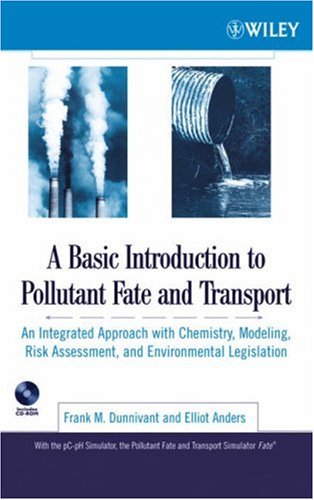
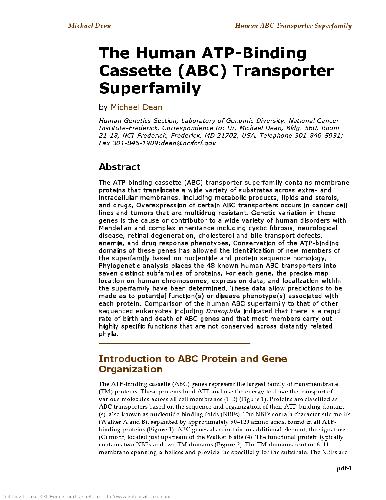

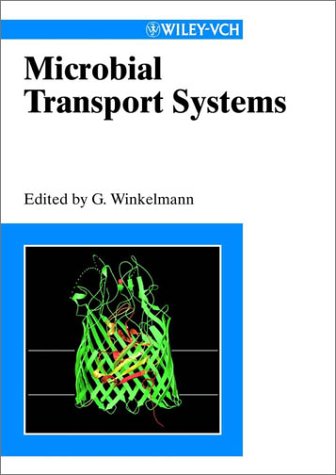

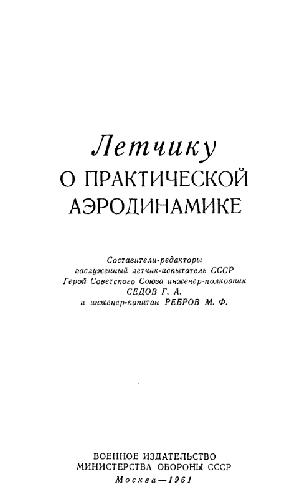
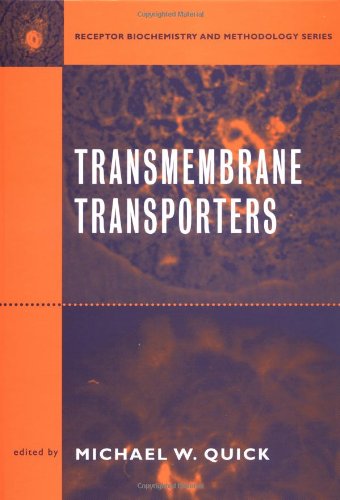
Reviews
There are no reviews yet.